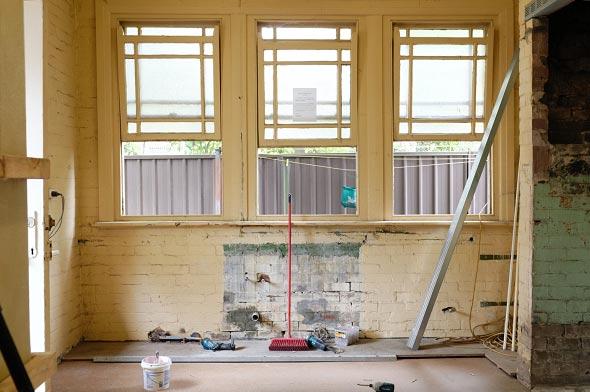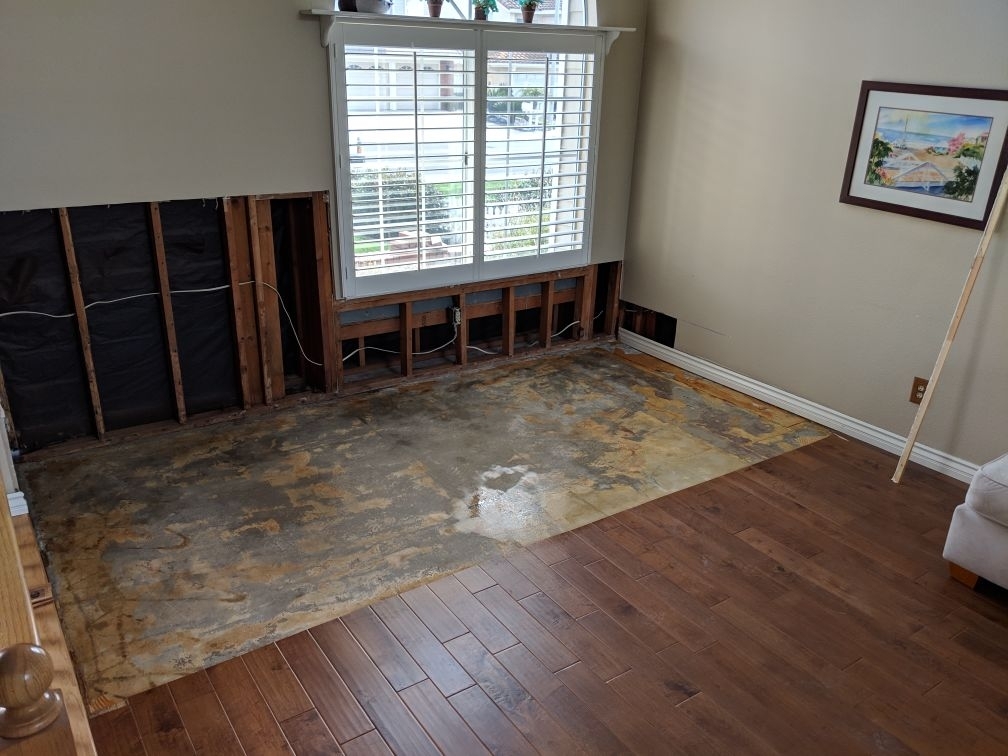Do's & Don'ts of Water Damages.
Do's & Don'ts of Water Damages.
Blog Article
What are your opinions with regards to Simple Solutions To Preventing Fire And Water Damage To Your Home?

Water provides life, water breach on components where it's not intended to be can result in damages. It can peel off away surface areas and also deteriorate the foundation if the water soaks into your framework. Mold and mildew as well as mildew also grow in a moist setting, which can be hazardous for your health. Residences with water damage smell old and also moldy.
Water can come from several sources such as typhoons, floods, burst pipes, leaks, and also drain issues. In case you experience water damage, it would certainly be great to understand some safety preventative measures. Below are a few guidelines on how to take care of water damage.
Do Prioritize Residence Insurance Policy Insurance Coverage
Water damage from flood as a result of heavy winds is seasonal. However, you can also experience an abrupt flooding when a damaged pipeline suddenly breaks right into your house. It would be best to have home insurance coverage that covers both disasters such as natural calamities, as well as emergencies like busted plumbing.
Don't Forget to Turn Off Utilities
This cuts off power to your whole residence, stopping electrical shocks when water comes in as it is a conductor. Do not forget to turn off the primary water line valve.
Do Keep Proactive and also Heed Weather Condition Informs
Tornado floodings can be really uncertain. If there is a history of flooding in your area, stay proactive and prepared. If you live near a lake, river, or creek , pay attention to discharge cautions. Secure belongings from the ground floor as well as cellar, then placed them on the highest feasible degree. Doing so decreases prospective building damage.
Do Not Ignore the Roof
You can avoid rain damages if there are no openings and leaks in your roof covering. This will certainly avoid water from moving down your walls and saturating your ceiling.
Do Focus On Little Leakages
A burst pipeline does not occur overnight. You might discover gurgling paint, peeling wallpaper, water touches, water stains, or dripping noises behind the walls. Have your plumbing fixed prior to it results in huge damage.
Do Not Panic in Case of a Burst Pipeline
Keeping your clearheadedness is essential in a time of crisis. Because it will certainly suppress you from acting quick, panicking will only worsen the trouble. Timing is essential when it comes to water damages. The longer you wait, the more damage you can expect. Thus, if a pipe bursts in your residence, promptly shut off your main water valve to cut off the source. Disconnect all electric outlets in the area or transform off the circuit breaker for that part of the house. Call a trustworthy water damages restoration specialist for help.
Water gives life, water intrusion on components where it's not supposed to be can result in damages. Homes with water damage scent moldy and old.
Water damages from flooding dues to hefty winds is seasonal. You may see bubbling paint, peeling off wallpaper, water streaks, water spots, or dripping sounds behind the walls. When it comes to water damages, timing is key.
Some Do's & Don't When Dealing with a Water Damage
DO:
Make sure the water source has been eliminated. Contact a plumber if needed. Turn off circuit breakers supplying electricity to wet areas and unplug any electronics that are on wet carpet or surfaces Remove small furniture items Remove as much excess water as possible by mopping or blotting; Use WHITE towels to blot wet carpeting Wipe water from wooden furniture after removing anything on it Remove and prop up wet upholstery cushions for even drying (check for any bleeding) Pin up curtains or furniture skirts if needed Place aluminum foil, saucers or wood blocks between furniture legs and wet carpet Turn on air conditioning for maximum drying in winter and open windows in the summer Open any drawers and cabinets affected for complete drying but do not force them open Remove any valuable art objects or paintings to a safe, dry place Open any suitcases or luggage that may have been affected to dry, preferably in sunlight Hang any fur or leather goods to dry at room temperature Punch small holes in sagging ceilings to relieve trapped water (don't forget to place pans beneath!); however, if the ceiling is sagging extremely low, stay out of the room and we'll take care of it DO NOT:
Leave wet fabrics in place; dry them as soon as possible Leave books, magazines or any other colored items on wet carpets or floor Use your household vacuum to remove water Use TV's or other electronics/appliances while standing on wet carpets or floors; especially not on wet concrete floors Turn on ceiling fixtures if the ceiling is wet Turn your heat up, unless instructed otherwise

I am just very excited about Simple Solutions To Preventing Fire And Water Damage To Your Home and I really hope you enjoyed the article. Feel free to take the time to distribute this blog if you enjoyed reading it. Thanks for your time. Visit us again soon.
Report this page